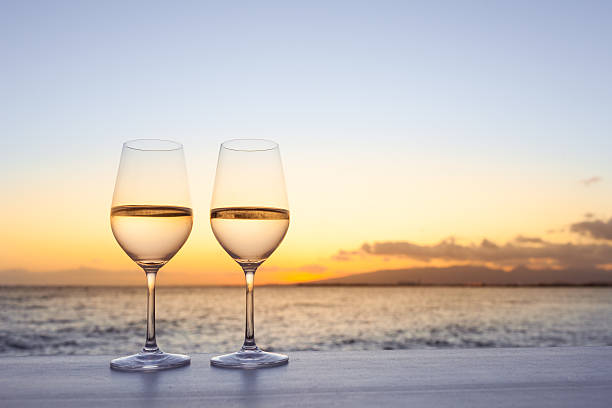In the vast and varied world of wines, Sauternes stands out as a unique and intriguing option, sparking a fresh debate among oenophiles. This sweet white wine, hailing from the Bordeaux region of France, has long been a subject of discussion among wine enthusiasts, and its distinct characteristics continue to challenge traditional notions of what makes a wine truly exceptional.
The Sauternes Terroir:
Sauternes owes its distinctive flavor profile to a combination of factors, the most notable being the terroir of the region. Nestled within the Graves section of Bordeaux, the Sauternes vineyards enjoy a microclimate ideal for the growth of the noble rot, Botrytis cinerea. This fungus, which develops under specific conditions of humidity and mist, concentrates the grape sugars, giving Sauternes its characteristic sweetness.
Grapes and Winemaking:
The primary grape varieties used in Sauternes are Sémillon, Sauvignon Blanc, and Muscadelle. The harvest is a meticulous process, often requiring multiple passes through the vineyards to select only the grapes that have been affected by noble rot. This labor-intensive method contributes to the limited production and higher cost of Sauternes wines.
The Controversy Surrounding Sauternes:
While Sauternes has a devoted following, it is not without its controversies. Some wine enthusiasts argue that the sweetness of Sauternes can be overpowering, making it less versatile and relegating it to the category of dessert wines. Others, however, appreciate its complexity, balancing sweetness with acidity and a myriad of nuanced flavors, ranging from honey and apricot to citrus and tropical fruits.
Food Pairing Dilemmas:
One of the central points of debate regarding Sauternes is its suitability for food pairings. Traditionally, this wine has been enjoyed with foie gras or various desserts, but some argue that it can be paired successfully with a wider range of dishes. The challenge lies in finding the right balance, as the sweetness of Sauternes can sometimes clash with savory or spicy flavors. However, proponents of unconventional pairings believe that Sauternes can complement dishes like blue cheese, spicy Asian cuisine, or even certain seafood options.
Age-Worthiness and Investment Potential:
Another aspect of the debate surrounding Sauternes revolves around its age-worthiness and investment potential. While some critics argue that the aging process enhances the complexity of Sauternes, others question whether the investment is justified, given the limited appeal of sweet wines in the market. Nonetheless, a well-aged bottle of Sauternes can be a treasure for collectors, offering a unique taste of history and craftsmanship.
The debate over Sauternes continues to evolve, with both enthusiasts and skeptics contributing to the dialogue. As the wine world embraces diversity and explores new frontiers, Sauternes stands as a testament to the artistry of winemaking and the complexity that can arise from the interplay of terroir, grape varieties, and meticulous craftsmanship. Whether you savor it as a dessert wine or experiment with unconventional pairings, Sauternes invites wine lovers to engage in a fresh and dynamic conversation about the ever-evolving world of wines.




